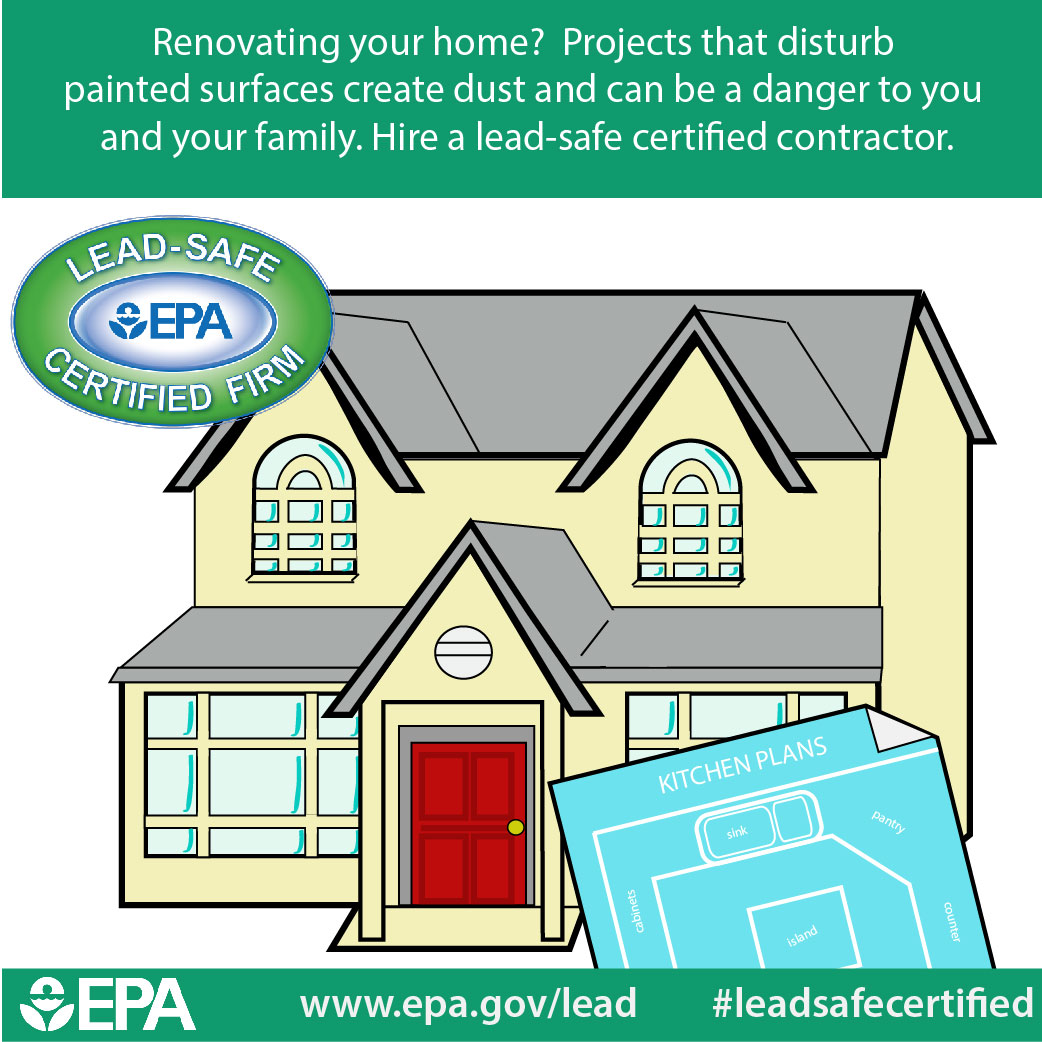The Impact Of Weather Conditions On Industrial Outside Painting: Key Factors To Consider
The Impact Of Weather Conditions On Industrial Outside Painting: Key Factors To Consider
Blog Article
Personnel Author-Rode Silver
When you're intending a commercial external painting project, do not ignore the impact of weather on your outcomes. You require to consider factors like temperature, humidity, and precipitation, as they can make or break your paint job. For instance, did you understand that excellent problems require specific temperature arrays and humidity levels? Failing to keep an eye on these facets can cause irregular surfaces or perhaps damage to fresh paint. Recognizing these aspects is vital to achieving a long-lasting, expert end result. So, what details climate condition should you watch out for?
Temperature Considerations
When it comes to industrial outside paint, temperature level plays an important role in the result of your project. If you're painting in severe warmth, the paint can dry out as well rapidly, leading to concerns like poor attachment and irregular coatings. You intend to go for temperature levels in between 50 ° F and 85 ° F for the very best results. Below 50 ° F, paint might not heal appropriately, while above 85 ° F, you take the chance of blistering and cracking.
Timing your job with the appropriate temperature levels is necessary. Begin https://www.homesandgardens.com/interior-design/entryway-paint-ideas in the morning or later in the afternoon when it's cooler, particularly throughout hot months.
Likewise, take into consideration the surface area temperature; it can be significantly higher than the air temperature, specifically on sunny days. Utilize a surface thermostat to check this prior to you begin.
If temperature levels are uncertain, watch on the weather prediction. Sudden temperature decreases or heat waves can hinder your plans. You do not wish to begin painting just to have the problems transform mid-project.
Humidity Levels
Moisture degrees significantly influence the success of your industrial exterior paint project. When the humidity is too high, it can impede paint drying and treating, causing a variety of concerns like inadequate bond and complete quality.
If you're intending a job during wet conditions, you might locate that the paint takes longer to dry, which can expand your job timeline and increase costs.
Conversely, reduced moisture can likewise posture difficulties. Paint may dry also rapidly, preventing appropriate application and resulting in an irregular coating.
You'll want to check the humidity levels very closely to guarantee you're working within the optimal variety, usually between 40% and 70%.
To obtain the very best outcomes, think about making use of a hygrometer to gauge moisture before starting your project.
If you find the levels are outside the ideal variety, you may need to readjust your routine or choose paints created for variable problems.
Always get in relevant internet site with the producer's standards for certain suggestions on humidity tolerance.
Precipitation Influence
Rain or snow can considerably interrupt your business external paint plans. When precipitation takes place, it can remove newly used paint or develop an uneven coating. Ideally, you intend to pick days with dry weather to make certain the paint adheres correctly and remedies efficiently. If you're caught in a shower, it's finest to halt the task and wait for problems to boost.
Moreover, snow can be a lot more harmful. Not just does it create a wet surface, however it can also lower temperatures, making it tough for paint to completely dry. This can cause problems like peeling off or blistering down the line.
It's important to inspect the weather report before starting your job. If rain or snow is forecasted, consider rescheduling.
Constantly remember to enable ample drying time in between layers, specifically if the climate continues to be unpredictable.
Conclusion
Finally, watching on the climate is crucial for a successful business outside painting task. By monitoring temperature level, humidity, and precipitation, you can make certain the most effective conditions for application and treating. Keep in mind to plan your job around positive weather and constantly comply with manufacturer standards. With the right technique, you'll achieve a resilient, beautiful surface that can stand up to the elements. Don't allow the climate catch you off-guard-- stay notified and repaint clever!
